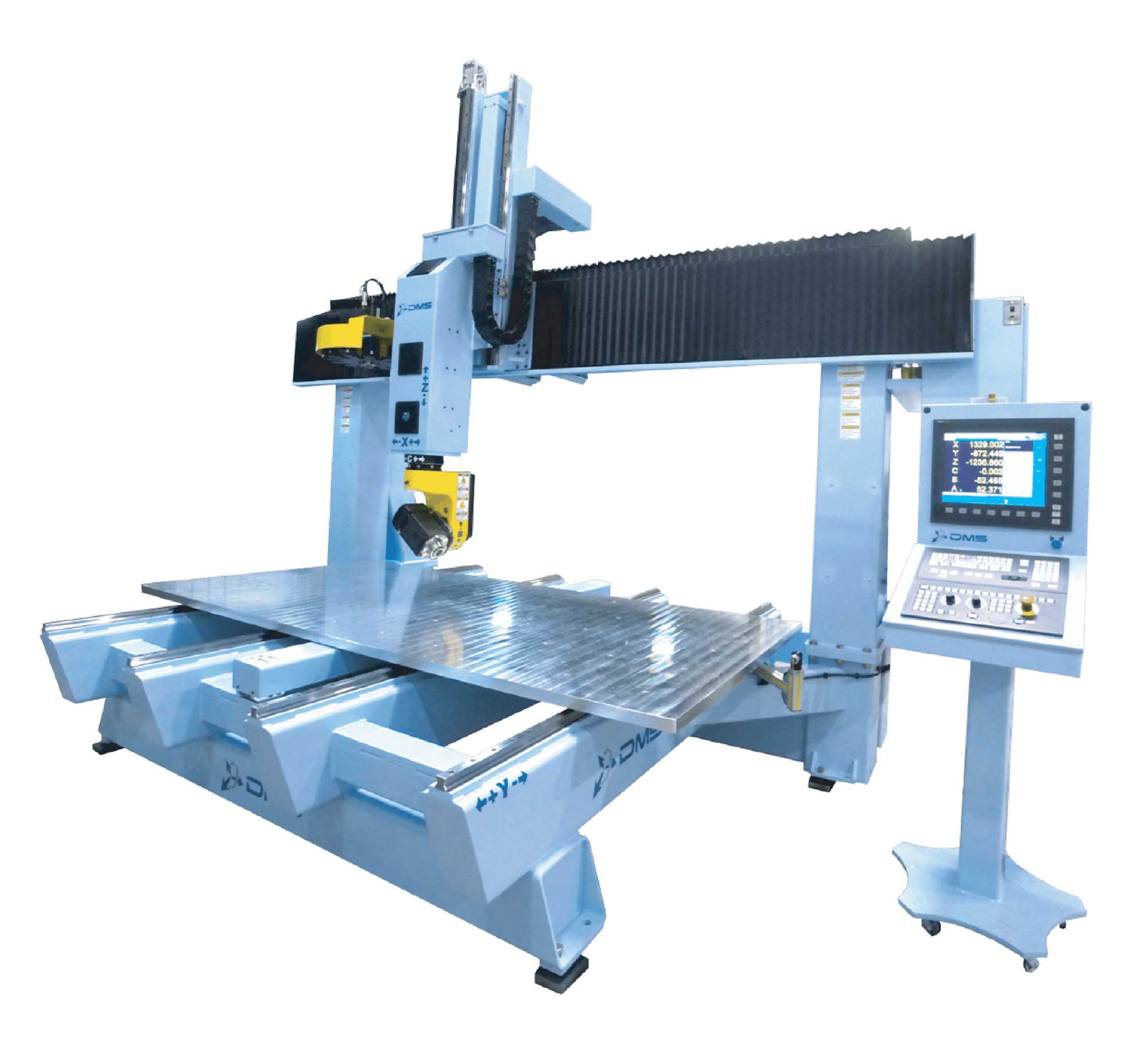WHAT IS A CNC ROUTER?
CNC routers are controlled by a computer. Coordinates are uploaded into the machine controller from a separate program. CNC routers are often used with two software applications—one to make designs (CAD) and another to translate those designs into a G-code program of instructions for the machine (CAM) in vertical, horizontal, and perpendicular coordinates. As with CNC milling machines, CNC routers can be controlled directly by manual programming, but CAD/CAM allows wider possibilities for contouring, speeding up the programming process, and in some cases creating programs whose manual programming would be impractical. On some controllers, the G-code can be loaded as a vector file on the router control panel. A vector file can be created from a picture file by using drawing (CAD) software.
The human operator selects the machine tool (such as a 0.25-inch v-bit or a 0.75-inch core box bit), speed, cut depth, and tool path. Most machines give the options of tracing the vectors, cutting outside the vectors, or cutting inside the vectors for the cut path. The operator determines the center point of the part, clamps the part onto the table, moves the bit directly above the marked center and down to the face of the part, and marks this as the starting point. The operator moves the bit up a few inches and selects the run G-code function. The machine begins to cut the design.

Materials
Wood
Main article: CNC wood router A typical CNC wood router
A CNC wood router is a computer-controlled router tool that carves/etches objects or images into the face of a piece of wood. The CNC Router is ideal for hobbies, engineering prototyping, product development, art, and production works. The CNC works on the Cartesian coordinate system (X, Y, Z) for 3D motion control; however, typical CNC operated systems can only make carvings on flat planes. The machine sits on a track and is not capable of making round or spherical cuts. Parts of a project can be designed in the computer with a CAD/CAM program, and then cut automatically using a router or other cutters to produce a finished part. In some instances, the table will not come with a router included. This allows the user to change out routers for different applications. For lighter strained cuts, they could use a lower grade router but for more intensive applications.
Metal
Milling is the machining process of using rotary cutters to remove material[1] from a workpiece advancing (or feeding) in a direction at an angle with the axis of the tool.[2][3] It covers a wide variety of operations and machines, on scales from small individual parts to large, heavy-duty gang milling operations. It is one of the most commonly used processes in industry and machine shops today for machining parts to precise sizes and shapes.
.png)